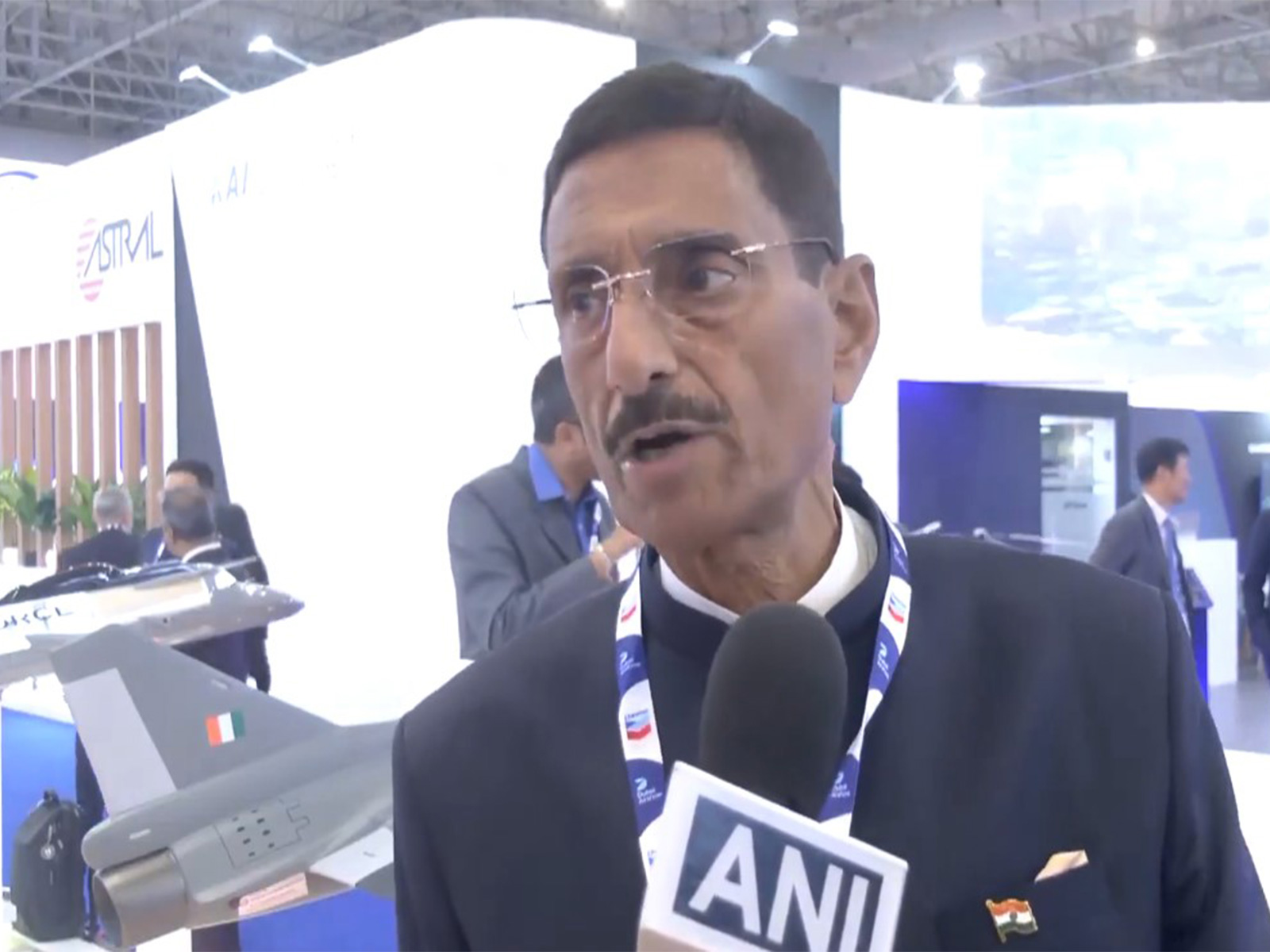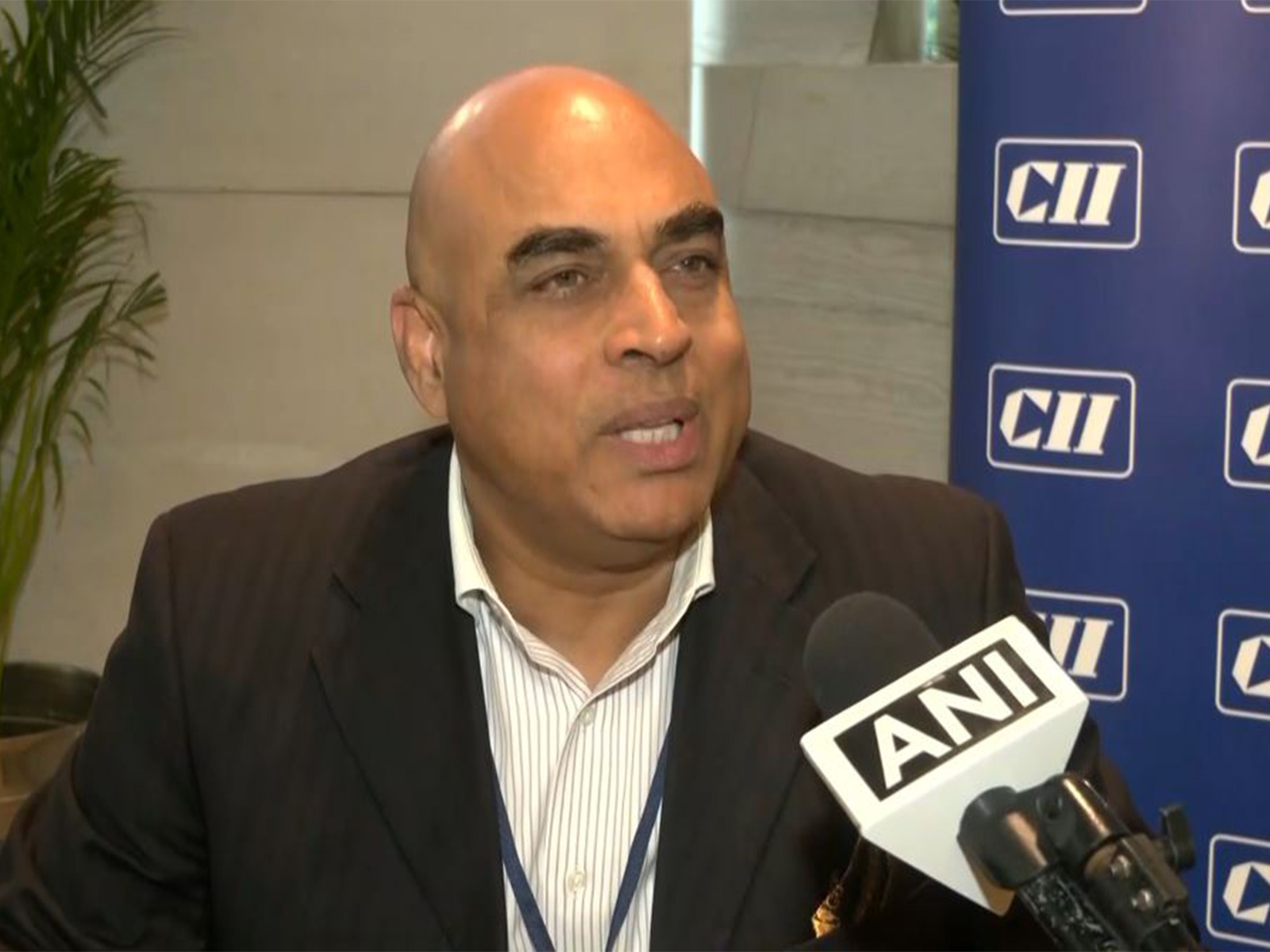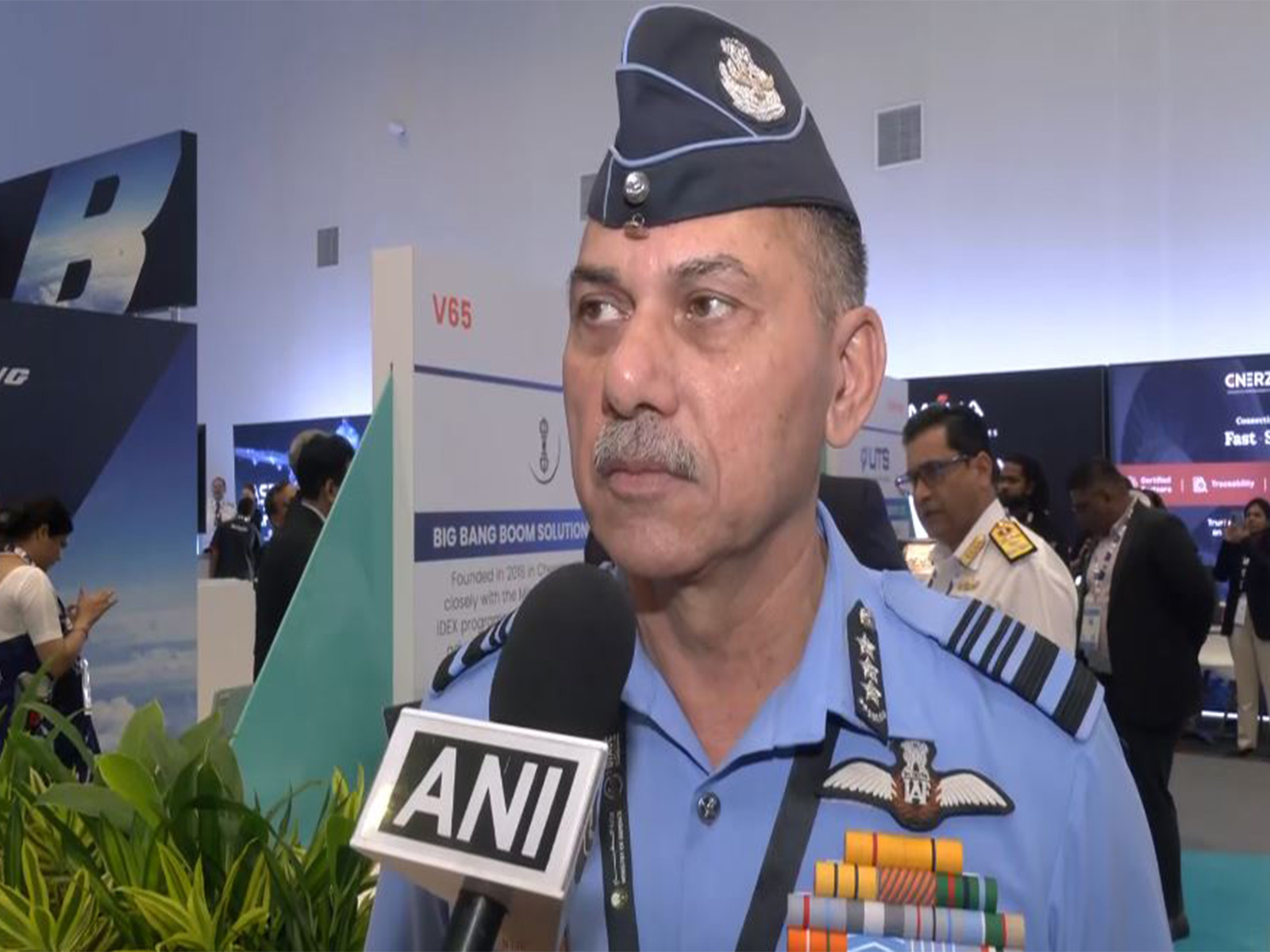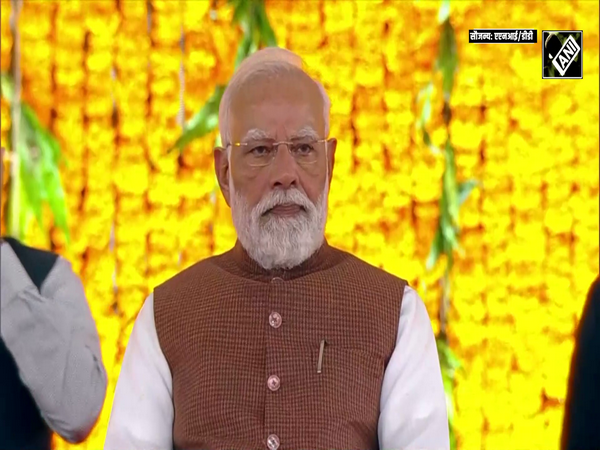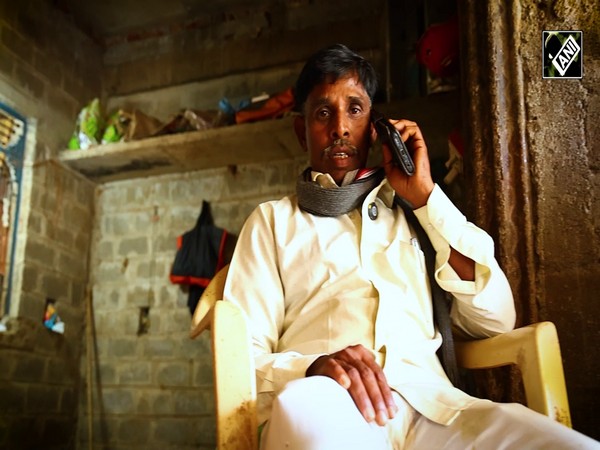IIT Mandi develops wireless powering and communication technology for IoT applications
May 12, 2022

New Delhi [India], May 12 : Researchers at the Indian Institute of Technology (IIT) Mandi are working towards developing efficient remote powering and communication technology for futuristic Internet of Things applications.
The findings of this study were published in the Wireless Networks. The study was led by Dr Siddhartha Sarma, Assistant Professor, School of Computing and Electrical Engineering, IIT Mandi, and co-authored by his student Shivam Gujral, PhD Scholar at the School of Computing and Electrical Engineering in the IIT Mandi.
IIT Mandi in a statement said that The Internet of Things (IoT) is a collection of objects (things) that can exchange data with each other through the Internet. IoT devices range from ordinary household appliances in a "smart" home to sophisticated industrial and scientific tools.
"These smart things are equipped with sensors, chips, and software that must be powered and stay in communication with other devices at all times. Simplistic power sources such as batteries may seem unsuitable for such applications because of the constancy of the power required, and because some of these "things" may be embedded or hidden, which makes changing the batteries difficult. There is, thus, worldwide research in combining the remote communication technology with remote powering options." said IIT Mandi in a statement.
Going into the technical aspects of this work, Assistant Professor Sarma mentioned, "We used a dedicated power transmitter for the two devices, in which the backscatter device transferred information through a monostatic configuration and the Radio Frequency Energy Harvesting (RFEH) device through the HyperText Transfer (HTT) protocol."
"The team used extensive numerical simulations to establish the superiority of the proposed cooperative scheme over existing schemes. In these simulations, key parameters were varied to analyze the performance of the model," he added.
The researchers also plan to implement the joint radiofrequency energy harvesting-backscatter communication system in real-time to analyze system performance. This would include working on the hardware aspects of the two complementary technologies.
The potential of the proposed system is vast and in addition to IoT devices, includes, applications such as battery-free wireless cameras, wireless monitors, sensors, skin-attachable sensing platforms, contact lenses, machine-to-machine communication, and human-to-machine interactions.






